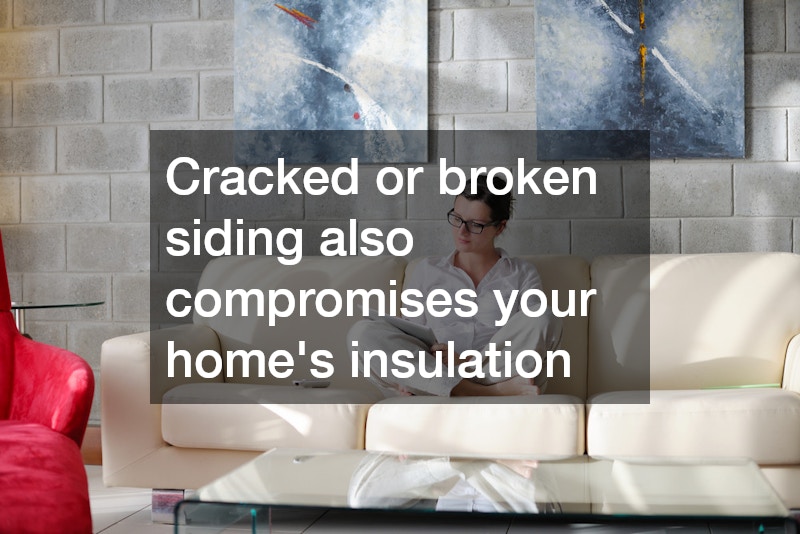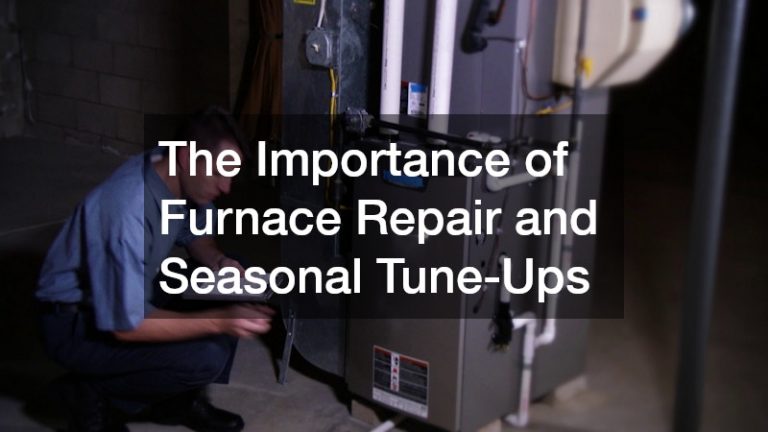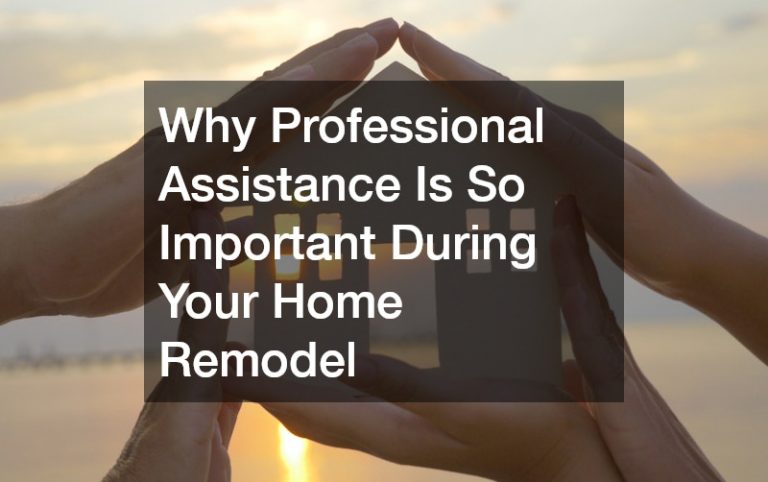

Your home’s siding is more than just a cosmetic feature—it’s your home’s first line of defense against the elements. Over time, even the most durable siding materials can wear out, leaving your home vulnerable to water damage, mold, pests, and more. Knowing when it’s time to invest in new siding installation is crucial to maintaining the integrity and aesthetic appeal of your home. Here are some common signs that indicate you need new siding.
1. Visible Cracks or Gaps
One of the most obvious signs that you need new siding is the presence of visible cracks, gaps, or holes in your existing siding. Cracks and gaps can occur due to age, exposure to the elements, or physical damage from debris, storms, or impacts. These openings allow water to seep in, leading to moisture damage and potential mold growth inside your walls. If left unaddressed, this can cause significant structural damage to your home.
Cracked or broken siding also compromises your home’s insulation, which can lead to higher energy bills. If you notice any significant cracks or holes in your siding, it’s time to consider a professional siding installation to protect your home.
2. Warping or Buckling
Warping or buckling is another common indicator that your siding is no longer performing as it should. When siding warps or buckles, it usually means that moisture has gotten behind the material, causing it to expand and lose its shape. This issue can be particularly common in wood siding or improperly installed vinyl siding.
Warping not only detracts from your home’s appearance but also weakens the siding’s ability to protect your home from weather and pests. If you notice that sections of your siding are bulging, bowing, or pulling away from your home, it’s a strong signal that you need a new siding installation.
3. Peeling or Fading Paint
While it’s normal for the paint on your siding to fade over time, excessive fading or peeling paint can be a sign that your siding is nearing the end of its lifespan. Siding that is peeling or has lost its color not only affects the overall curb appeal of your home but may also indicate that the protective layer of your siding has worn away.
This loss of protection makes your home more susceptible to moisture damage, pests, and other issues. If you find that you’re frequently repainting your siding or noticing significant fading, it’s time to explore options for new siding installation to restore your home’s appearance and protection.
4. Mold, Mildew, or Rot
Mold, mildew, and rot are major warning signs that your siding is no longer effectively shielding your home from moisture. Mold and mildew usually appear as dark or green patches on the surface of the siding, while rot can cause the material to soften and deteriorate.
These issues are especially common in older wood siding but can occur in any type of siding if it’s been compromised by water. If you notice signs of mold, mildew, or rot, it’s crucial to act quickly, as these issues can spread and lead to extensive damage. A new siding installation will eliminate the existing damage and help prevent future moisture-related problems.
5. Increased Energy Bills
If you’ve noticed a sudden increase in your energy bills without a clear explanation, your siding may be to blame. Damaged or aging siding can compromise your home’s insulation, allowing warm air to escape in the winter and cool air to leak out in the summer. This makes your HVAC system work harder to maintain a comfortable temperature, leading to higher energy costs.
Poor insulation can also result from gaps, cracks, or warped siding that allows drafts to enter your home. If you suspect your siding is contributing to higher energy bills, it may be time to consider a new siding installation to improve your home’s energy efficiency.
6. Frequent Maintenance
While some types of siding, like wood, require regular upkeep, needing constant repairs and maintenance could be a sign that your siding is past its prime. If you find yourself frequently painting, caulking, or replacing damaged sections of siding, it might be more cost-effective in the long run to invest in new siding.
Modern siding materials, such as fiber cement or high-quality vinyl, are designed to be low-maintenance and durable. A new siding installation can save you time and money by reducing the need for constant repairs and upkeep.
7. Bubbles or Blisters
Bubbles or blisters under the surface of your siding are a clear sign that moisture is trapped behind it. This is particularly concerning because siding is meant to keep water out, and when moisture gets trapped, it can lead to mold, rot, and other structural issues.
If you notice bubbling or blistering, it’s a sure sign that your siding is no longer providing adequate protection. A professional siding installation will address the underlying moisture issues and restore your home’s defense against the elements.
.



